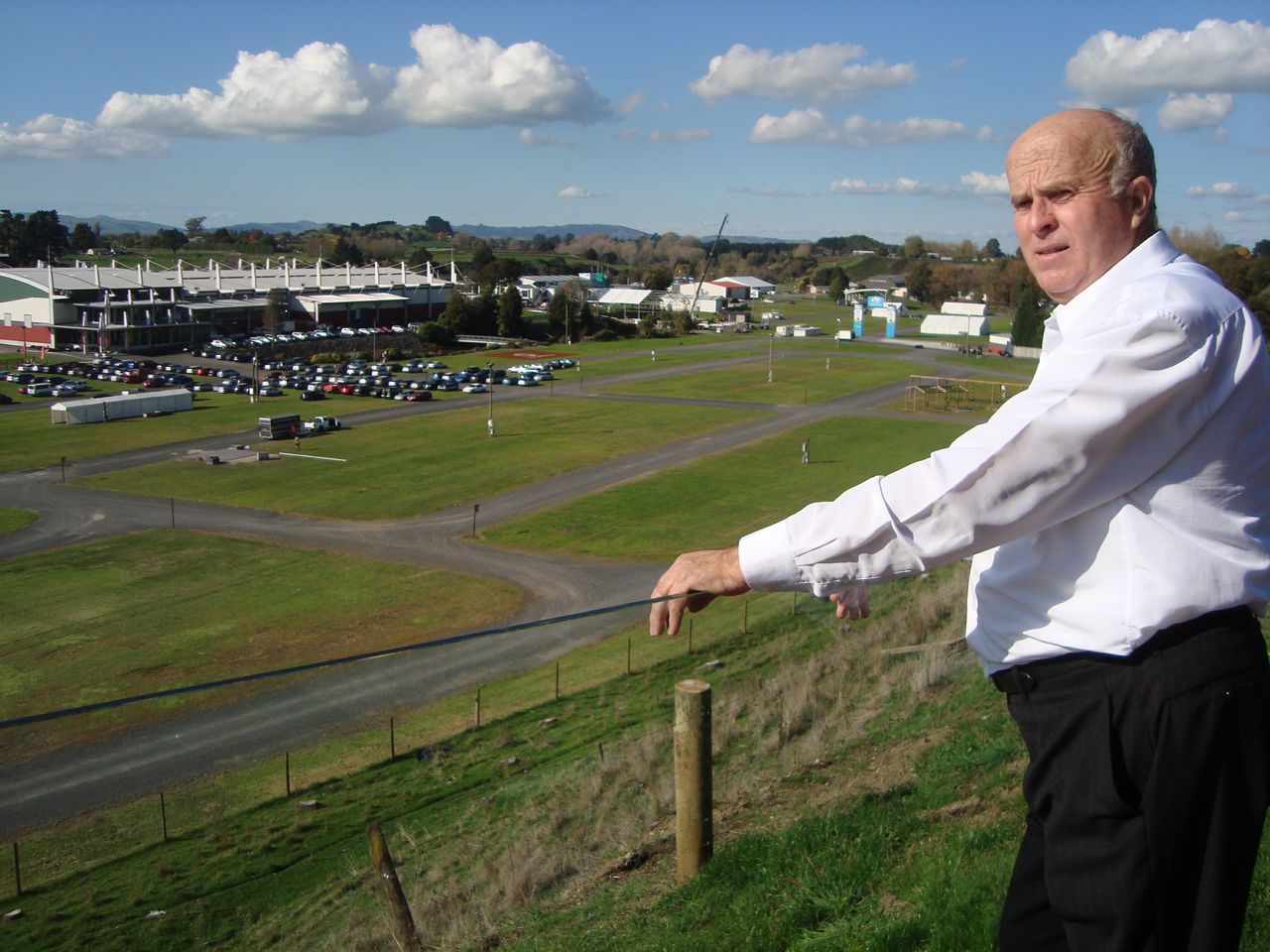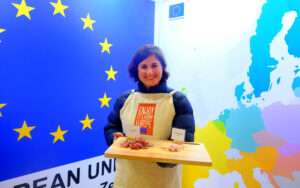Fieldays celebrates 45th birthday
Forty-six years ago, when John Kneebone first suggested New Zealand could hold their own annual outing similar to the Royal Agricultural Show in London, he never imagined it would become such an iconic event.
Forty-six years ago, John Kneebone travelled to England and marvelled at the modern farming
machinery of the Royal Agricultural Show. The horsepower and sophistication of the equipment he
came across made New Zealand look primitive with their horse-drawn implements mounted to
tractors. He wrote to Pat Cuming, the farming editor of the Waikato Times, suggesting a similar
agricultural show be held in New Zealand to provide a machinery aspect to the Ruakura Farmers’
Week.

“Would it not be possible with a little cooperation and coordination to have our famous Ruakura
Farmers’ Week and our Winter Show coincide so that New Zealand farmers could have their annual
outing in Hamilton as they do in London at the Smithfield Show?” he wrote. “A little imagination
could make a really big affair of it.”
Bigger than he could even imagine, as almost half a century later his addition of the machinery
aspect has played its part in a technological boom in New Zealand agriculture.
A year after Kneebone had written to the Waikato Times, representatives from Federated Farmers,
the university, the Agricultural Research Centre, the A and P Show Association, the newspaper and
the city’s mayor acted on his suggestion, getting together to discuss bringing town and country
together in a farm festival.
After the first 1969 Fieldays attracted 15,000 people, the numbers rose over the years to a crowd
more than eight times bigger as a record 131,000 people attended the 2008 event.
Forty-five years after the first Fieldays at Te Rapa Raceway, the show has led to a number of other
ventures as part of the multi-million dollar complex built at Mystery Creek, providing not only a
perfect venue for Fieldays but also an entertainment centre for community events ranging from
international sports to rock concerts and weddings.
But it wasn’t always an events centre. Back when Fieldays moved out to Mystery Creek in 1971 they
were out in the wops to say the least.
“There were no facilities out there, no water, toilets, all those sorts of things,” explains Kneebone,
now living in Cambridge. “In terms of dealing with crowds of people, there were no facilities.”
Volunteer coordinator Kerry Clarkin from the New Zealand National Agricultural Fieldays Society
described the location as much more useful today.
“Now there’s tens of millions of dollars worth of infrastructure here, and a lot of it you can’t see,” he
says. “Underground there’s water, power, telecommunications. You can’t see it but it’s worth millions
under there.”
Clarkin has been working with the Fieldays since its move to Mystery Creek 43 years ago.
“It was a natural progression because it’d become quite successful so that they wanted their own
property. The racecourse didn’t want their land ploughed up, cars parking on their grass and things
like that. It was an opportunity then for the exhibitors to be able to show their diggers, ploughs,
rotary hoses and all that sort of thing.
“It just enabled us to use the property more than four days a year basically.”Gazing across the Mystery Creek Event Centre in the buildup to this year’s event, Clarkin remembers how much muddier the work was when he began. As he watches teams scramble to bring together the foundations for the 45th Fieldays, memories arise of a tougher time when buildings were trucked in and gumboots were lost in the muddy roads. “The greatest difference is the facilities. Now the site’s all levelled, all the new buildings, it’s now not only more professional but just on a better basis. It’s beautiful now.”
The move to Mystery Creek not only enabled exhibitors to excavate the ground during
demonstrations, but also set up the foundations for future Fieldays. If it weren’t for the move,
Clarkin doesn’t think the event would still be going. “It’s given the place its own sense of identity.”
Throughout the years the Fieldays has provided the platform for inventors to showcase new
advancements in agricultural technology. These days some companies even hold back on releasing
new technology until they can do so at the Fieldays in front a larger crowd. Clarkin says a lot of big
business deals take place at the Fieldays amongst the hustle and bustle of new farming
developments.
“Agriculture has become more technical these days, and so has the Fieldays, it’s grown with that.
“You can go from a guy who’s invented something for a farm bike that puts electric fence stands in,
to somebody who’s invented something that could cost a million dollars to put on a farm. That’s the
growth.”
Although the Fieldays have played a major role in the development of New Zealand agriculture and
technology, Clarkin says his favourite thing about the event is “Fieldays fever”.
“You’ve got to have a passion for the place. The volunteers do it for what I call ‘Fieldays fever’, it’s like
being inoculated with something when you start, you believe in what it’s all about. The first year, it
was nothing like this but it had that feeling behind it, it still has now.”
“It’s excitement, it’s people, it’s being part of a positive, driven organisation who every year is looking
to further the message of New Zealand agriculture not only to New Zealand itself but to the world.”
These days as technology advances at a phenomenal rate, the Fieldays continues to assist the
agricultural developments of the modern world. Both Clarkin and Kneebone are still passionately
involved with Fieldays and will be on site at this year’s event, with Kneebone helping look after
overseas business visitors. After 45 years of Fieldays, Kneebone reflects on the venture: “Every year’s
a wee bit different, but then society is a wee bit different every day too. It’s been an evolution.”




